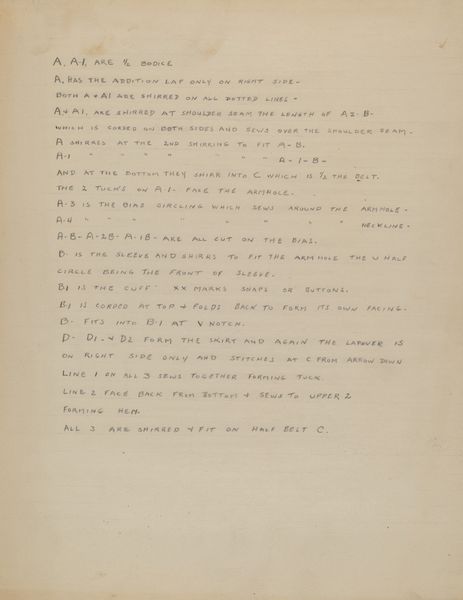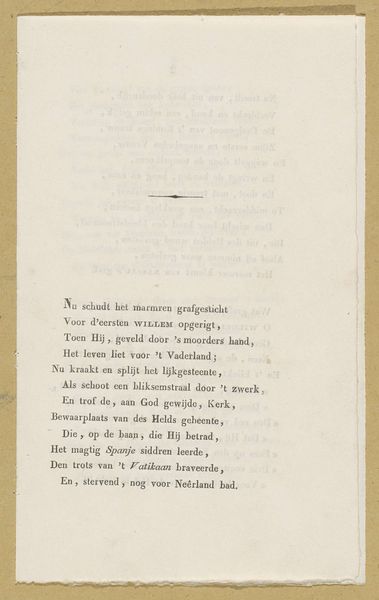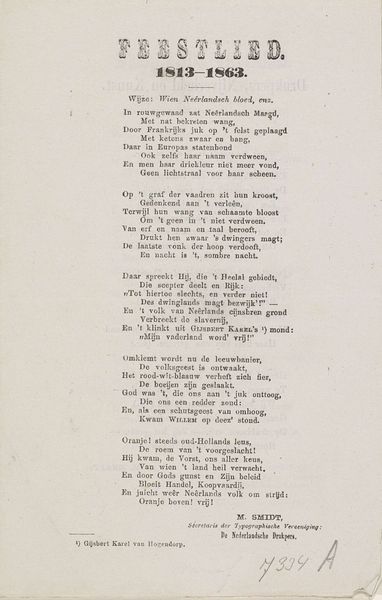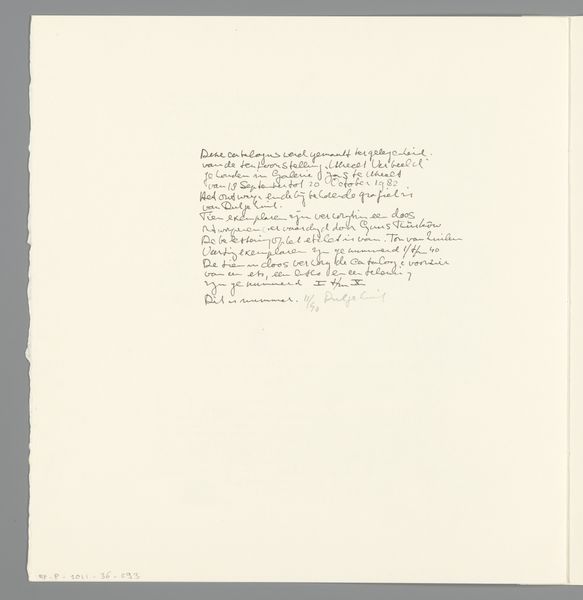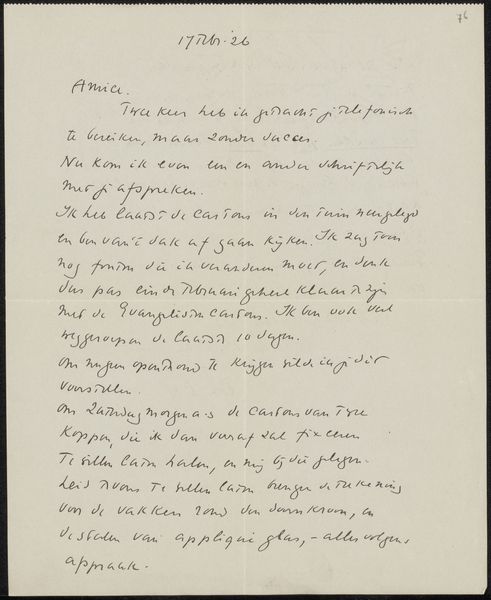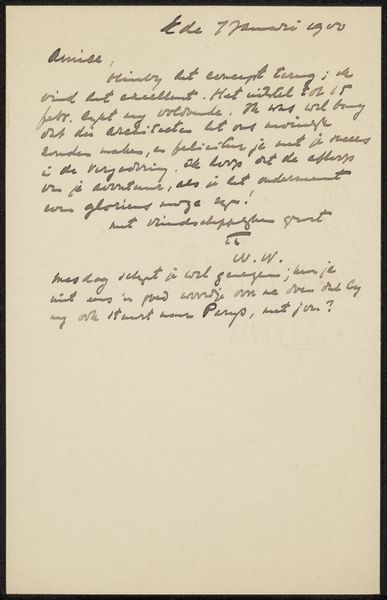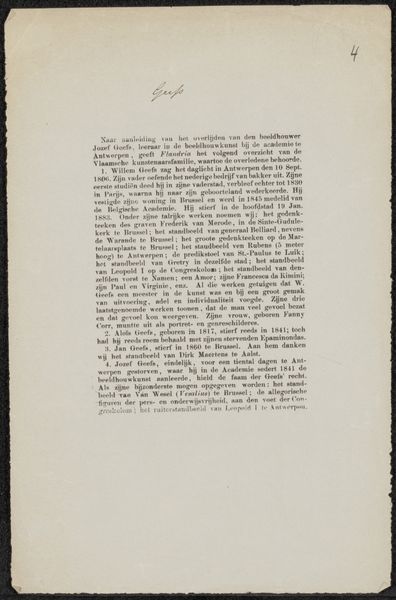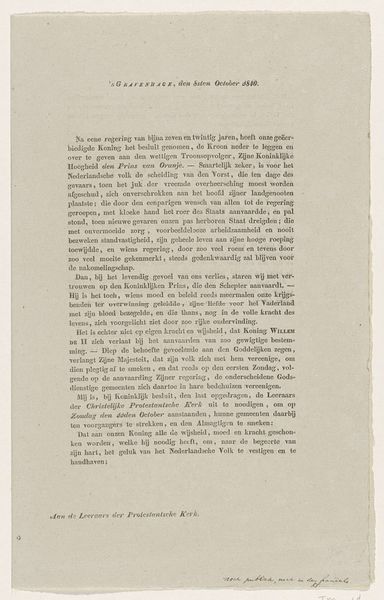
Pamflet tegen de arrestatie van Bart de Ligt, Albert de Jong en de dienstweigeraar Herman Groenendaal, 1921 1921
0:00
0:00
print, paper, typography
# print
#
paper
#
typography
Dimensions: height 283 mm, width 218 mm
Copyright: Rijks Museum: Open Domain
This 1921 pamphlet by F. v.d. Mee protests the arrest of conscientious objectors, using powerful language to evoke a sense of outrage and injustice. The central motif here is that of sacrifice and the call for freedom of conscience. The text references the bearing of a cross. This symbol carries immense historical and religious weight, evoking images of martyrdom and moral strength. It is connected to Christian and Roman Imperial imagery; the cross is used as a symbol of ultimate sacrifice and redemption while calling the church out. Consider how this imagery recurs throughout history. The symbolism of sacrifice and moral conviction has appeared in various forms, from ancient religious iconography to modern political movements. Such recurring imagery points to the power of collective memory, where symbols resonate across generations, influencing our subconscious understanding. The pamphlet engages viewers by tapping into deep-seated emotional and psychological associations, urging them to act in the name of justice and freedom. The cross as sacrifice—a concept that has reappeared, evolved, and taken on new meanings, continually reshaping our cultural and emotional landscapes.
Comments
No comments
Be the first to comment and join the conversation on the ultimate creative platform.
